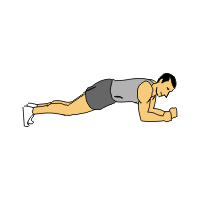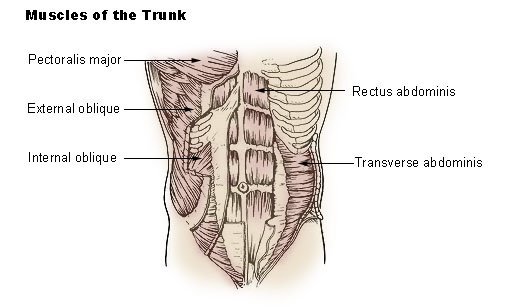Running on roads or a track all the time can get very boring. Also, you can get injured. Throughout my years of running I've always hated running on roads and tracks. I've always liked running on one surface, trails.
From my experience, trails are fun and exciting ways to get your run in. Whenever I get the chance I do my workout on a trail instead of a road or track. I may get dirty and scratched up from the nature along the trail, but it's worth it because you get to see beautiful landscapes that you can't from a road or trail.
When I got my latest issue or Runner's World, I was happy to see that they did a article on the benefits of trail running. It goes through and says different reasons people should run trails and what kind of trails they should run.
If you're a new runner you should look for flat, easy trails. It gives examples like cinder paths, wide dirt trails, and rail trails. Running on these trails will reduce the soreness that new runners often experience. It also gives a workout that is alternating running and walking for 20 to 30 minutes.
If you're injury-prone it says to run on soft surfaces. It gives examples of grass, dirt, wood chips, or technical trails if you're comfortable with them. Running on these trails reduces the pounding on your joints and muscles. This reduces the number of joint-related injuries you'll have. The workout that they give is to run for 15-20 minutes and make sure that no injuries flare up.
If you like to run a treadmill it says to look for a flat trail that isn't challenging. It says that gravel paths and nontechnical dirt trails are ideal. It also says that if you're stressed it'd be a good idea to run outside in nature because it'll relieve your stress. The workout that they give is just to go run for times and don't worry about pace.
If you're a road racer it says to look for nontechnical trails with challenging hills. The hills will force you to run different paces and makes a normal run into an interval workout. One workout that they give is to run hard on the up hills and recover on the downhill.
If you're already running trails it says that you should run new and unfamiliar trails. This will make running exciting to you again. The workout that they give is to run a route that's 20% longer than your normal route.
It also ranks different trails by their difficulty. The easiest is the rail trail. These are flat trails covered with dirt of gravel. These are old railroads that were coverted. The next is a fire road. These are wide trails that are used by fire-safety vehicles. These can be hilly but won't be hard. The next is a multiuser trail. These are trails used by walkers, runners, cyclists, and equestrians. These can be both hilly and technical. They can also be very narrow and only allow one person at a time to go down them. The second most hard trail is a hiking trail. These are very hilly and technical and are used by hikers. The hardest are mountain trails. These are very steep trails on mountains and can have thinner oxygen at them. Knowing your skill level is essential to choosing heat trail your run because if you run on a trail that's too hard, you can get seriously injured.
The Runner's World issue that the article is from is April 2014. The name of the article is Take It Off-Road. The website for the magazine is
http://www.runnersworld.com/







